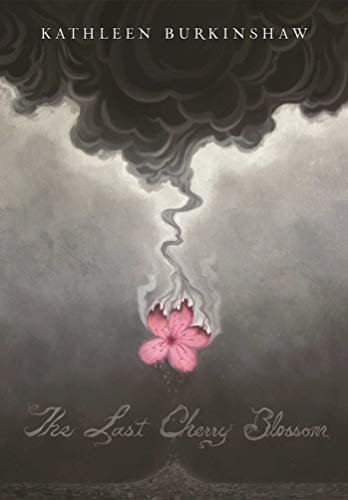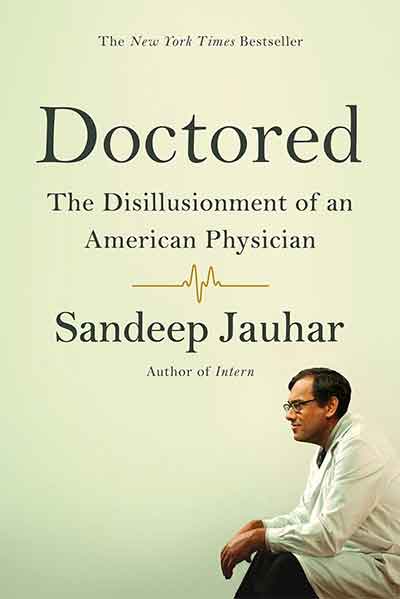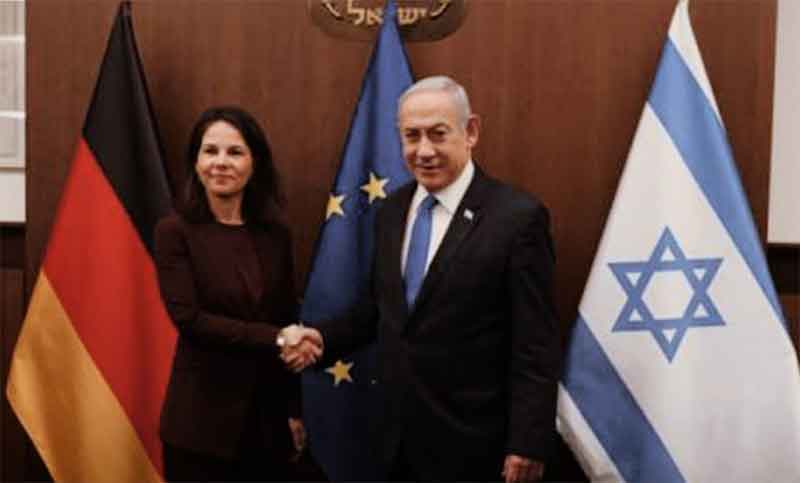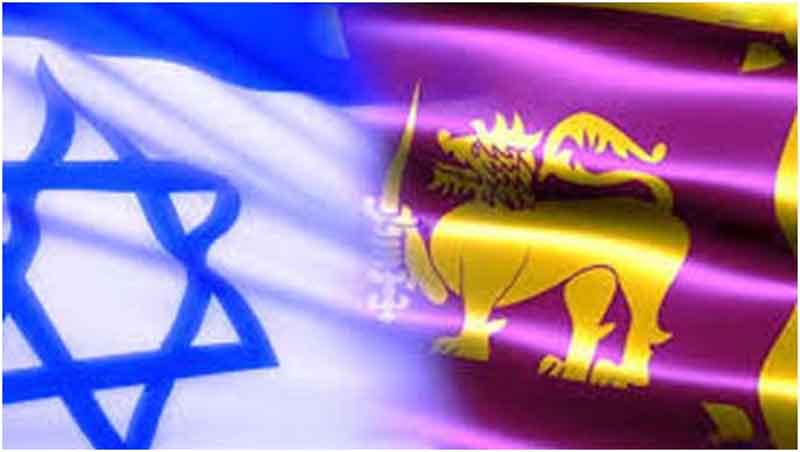On August 6, 1945, at 8.15 am, an atom bomb was dropped at Hiroshima to end World War II. Archana Mohan takes us on a journey through a novel which gives the story of before and after the bombing & currently lauded and promoted by the United Nations for peacekeeping.

Title: The Last Cherry Blossom
Author: Kathleen Burkinshaw
When a book opens with American B-29s flying overhead and school children cowering under desks hoping they are alive to see what grade they got on their school report, it is a wake-up call.
War has no business threatening children in their safe temples of learning.
But what is war really? It is when we forget that the enemy is a human being too with lives just like ours. That, is the crux of The Last Cherry Blossom, a sparkling debut novel filled with hope and resilience by Kathleen Burkinshaw.
The story, set in Japan, in the 1940s, centers around a pleasant 12-year- old named Yuriko.
Yuriko is an average middle grader. She struggles in government mandated bamboo spear classes and can’t sew to save her life. At home, her aunt isn’t cordial to her and her five year old cousin just keeps pressing her buttons but she is a happy trooper thanks to the two people who love her and understand her like no other — her Papa, a well respected newspaper editor, and her best friend, Machiko.
Soon, there are big changes in Yuriko’s life – a new addition to the family and a stunning secret but all of those pale in comparison to a chilling realization – even though the authorities claim otherwise, Japan is losing the war against the allies.
Amidst the colourful ‘kimonos’, the tea ceremonies, dips in koi ponds, the delicious Toshikoshi Soba and the beloved Sakura Hanami (the cherry blossom viewing), the smell of the inevitable lingers on.
In a poignant moment, Yuriko’s best friend Machiko, who has been drafted to work in an airplane factory says that she doesn’t even bother moving to an air raid shelter because she is too exhausted to care. Still, they carry on, like teenagers do, with their banned American Jazz records, crushes and heart to heart talks.
Until one day, the nightmare turns true.
An ear shattering popping noise.
An intense burst of white light.
And just like that, the lives of Yuriko and everyone around her are never the same again.
In an earlier insight into her mind, Yuriko confesses that she loves mathematics because everything is black and white. But when you lose everything you love, for no fault of your own, does anything make sense anymore?
The cherry blossoms are the glue holding this story together. It is at the cherry blossom festival that the family is together for one last time, hence the title but the significance of these beautiful flowers go deeper than that.
They represent life itself — so beautiful, yet so fragile that they bloom for only a short time. The characters who lived a privileged life before, come to a realisation that not everything can be foreseen, not everything can be planned but life is about living it to the best potential.
This is not a fictional story. The author’s mother herself is a ‘hibakusha’ or a survivor and this is her true story.
No one knows the devastating effects of warfare more than the author. Effects of the radiation from atomic bombs impact generations and Burkinshaw unfortunately suffers from a chronic neurological disorder because of that.
This is a deeply moving and personal story, laying bare the far reaching effects of war and that is why the book is now a United Nations Office for Disarmament Affairs Resource for teachers and students.
Perhaps, the greatest quality of the book is the hope it weaves into the narrative despite the desolation and fear that paints the landscape after the blast.
A point it makes with the versatile cherry blossoms again.
Scientists said nothing would grow again in the Hiroshima soil for many years after the atomic bomb was dropped. Yet, the cherry blossoms defiantly bloomed the following spring.
“The cherry blossoms endured much like the spirit of the people—like my mother—who were affected by the bombing of Hiroshima,” writes the author.
Seventy five years ago, on August 6, 1945 at 8.15 am, the atom bomb or ‘pika don’ killed 80,000 people and the toll rose to more than 1,40,000 within the next five years.
As Yuriko grapples with difficult decisions in the aftermath, through her eyes, something becomes clear as day. We must never find ourselves in a position where the colour of the sky is no longer unrecognizable.
Never must we forget what happened in Hiroshima that day. Never again must we take peace for granted.
Archana Mohan is the co-founder of Bookosmia (smell of books) a children’s content company that delivers brilliant content to the world through Sara — India’s first female sports loving character. Her book Yaksha, India’s first children’s book on the dying folk art form of Yakshagana received wide acclaim. She has worked as a journalist, corporate blogger and editor working with names like Business Standard, Woman’s Era, Deccan Herald, Chicken Soup for the Soul and Luxury Escapes Magazine. She won the Commonwealth Short Story contest’s ‘Highly Commended Story’ award in 2009. She loves interacting with budding writers and has conducted journalism workshops in colleges.Do check out Bookosmia’s website https://bookosmia.com/about-us/ for more information.
Originally published in Borderless Journal
SIGN UP FOR COUNTERCURRENTS DAILY NEWSLETTER















































